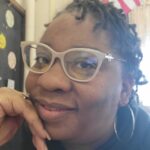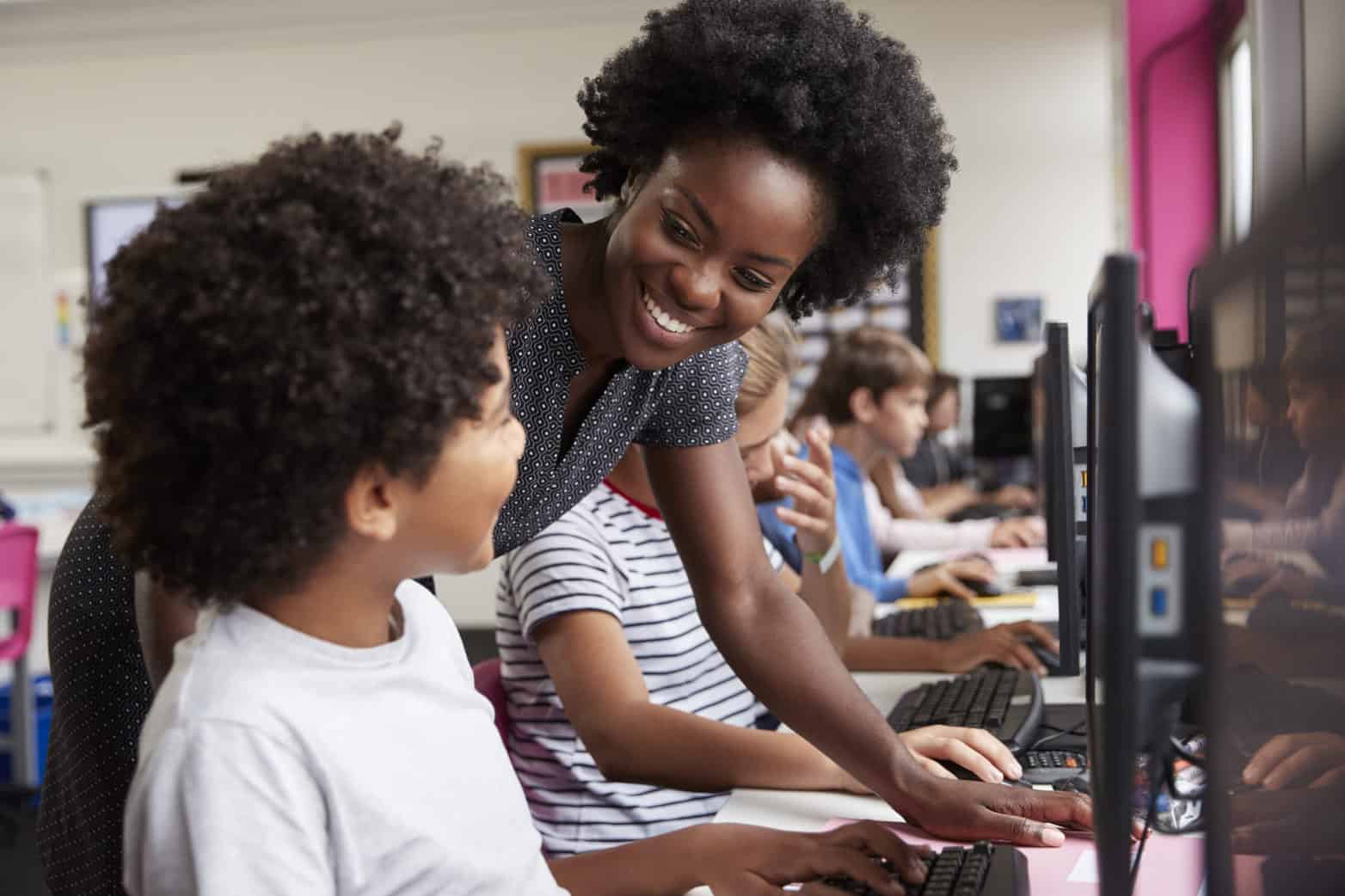In my last post, I shared how seeing students feel disempowered impacted me as a teacher. I also shared my thoughts about what teachers can do to honor student identity. In this post, I want to talk more specifically about how I see my role when it comes to students of color. What is expected and what is acceptable from the teacher’s desk? In truth, it’s complicated.
During the 2016-17 school year, I started to understand that creating a safe space for students of color was no longer an option, but a requirement. I was working in a school where a large majority of students were Spanish-speaking or English-learner designated; I also knew that many were undocumented. The air was thick with anxiety. These students of color felt that their very lives were at stake with the election and they felt the need to share this with us often. Images of America’s elected officials suggesting that undocumented folks were inherently bad or criminal were embedded into students’ very souls. Who they were and all that they knew was untruthfully being portrayed with loud vitriol. Their culture and their race were being unfairly questioned, analyzed, and denigrated, and—to add insult to injury—these negative assertions were backed by political power.
When inauguration day came, my students were scared. In the days, weeks, and months that followed, my students questioned how much would change for them and their families. I felt so helpless. I responded as best as I could because I wanted them to know I cared. They just wanted what every human being wants: to be seen and to feel safe. I remember those days with pain. Student attendance dropped for fear of being separated from their families. Although our school promised sanctuary, it was hard to maintain business as usual.
During the school year, we read The Diary of Anne Frank. One of the supplements we used to help students understand what was happening was The Terrible Things: An Allegory of the Holocaust by Eve Bunting. Engaging with these texts helped students connect with the current climate without prompting. I silently cheered with their insight, with their connection. I was hurt because I knew this connection was rooted in fear, but it made me realize that business as usual wouldn’t suffice. It was time to let them talk and for me to talk with them. It was then that I made the decision to never allow my students to feel unsafe emotionally, mentally, or physically. I began my quest to figure out how to create a safe space for my students to have a voice and to feel heard.
Some may feel that the role of a teacher is to prepare students for college and for their careers; to show students how to add and subtract, write sentences correctly, examine our history, and maybe encourage socializing with friends. My opinion is very different, and it changed because of my experiences. I didn’t want to just be a teacher; I needed to be an educator.
An educator takes the role of a teacher but also considers their impact on their students’ learning and the environment that they facilitate for that learning. An educator recognizes how their perspectives, behaviors, mannerisms, and words impact their students. Their insight is more thoughtful and intentional. Most of all, they recognize and stand for that purpose.
I had this realization a few years after beginning in this profession. I started teaching because I love the kids and I wanted to create aha moments with them! My goal was to make students feel valued based on what they were learning in my class. Now that I’ve been in education for 15 years, I realize that my naivete served me well at the beginning of my career. But the world is ever-changing and students, as growing human beings, are ever-changing too. So, my motivation and goal had to change, which made me ask myself, “what’s my role?”
As teachers, we are called upon to help our students navigate through life. Through drills, we practice resilience, safety, and focus during emergencies. We show them how to call for an ambulance in case of danger, and how to run, hide, or fight in case of an active shooter. We teach them how to be good citizens in the community by modeling and creating learning spaces where we expect them to follow the unspoken rules we uphold: treat others the way you want to be treated, keep your hands to yourself, be respectful, and so on and so forth. Ultimately, our goal is to prepare them for life not just through our content, but also through the way we carry ourselves in our educational environment and to set an expectation for them to carry themselves as respectful community members outside of the school building as well.
As an educator, I take these duties very seriously. But there’s still something missing: students’ voices. Here are some questions that I encourage you to consider when you are thinking about how best to approach your students:
- How can teacher preparation reflect student needs?
- What do I need to know about my students to have the greatest impact on their learning? What do I need to put aside so that my students, in all their brilliance, can also impact how I show up?
- What can students tell me about the way I show up in the classroom? What can I learn from soliciting their feedback?
- How is their learning impacted by my connection with them? How do I create that safe space for them to learn, make mistakes, and grow?
Unlocking the answers to these questions began my journey to be a true educator, not just a teacher.


















Once again Mrs. Ortiz has captured my reasoning for being an educator/coach for my entire life. “The Voice” of our students drive out fear, lies, deception, and prejudices which allows us to focus on truths. Not opinions but truths which can be a hard pill to swallow however necessary for healing and progressing forward. Great job !!!!
I always say, ” I don’t want to teach a single thing that my students can’t use outside of the classroom.” Whether it be through content, or just interacting with students, I believe intentionally modeling skills and behaviors that will be effective on a day to day basis is key and these questions are certainly essential in getting there!!
What an insightful article. Thanks for becoming a teacher!!